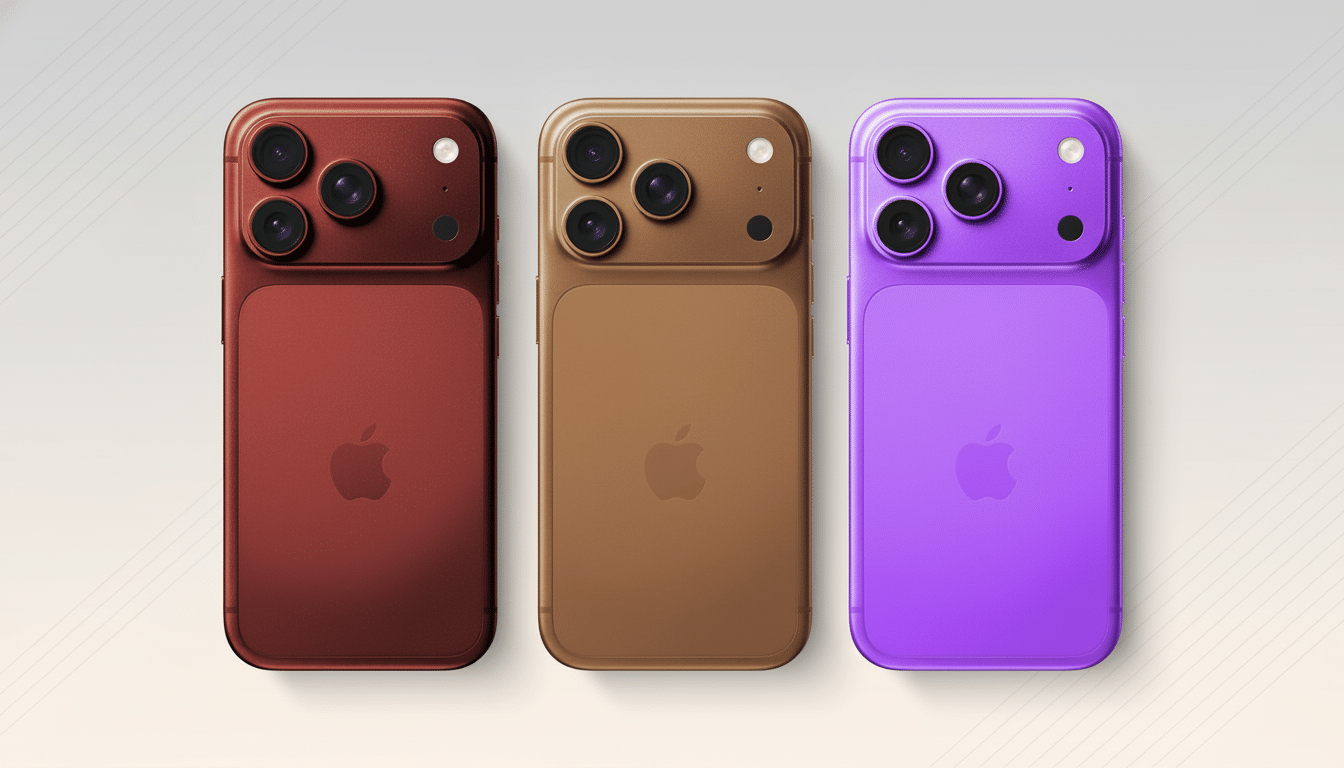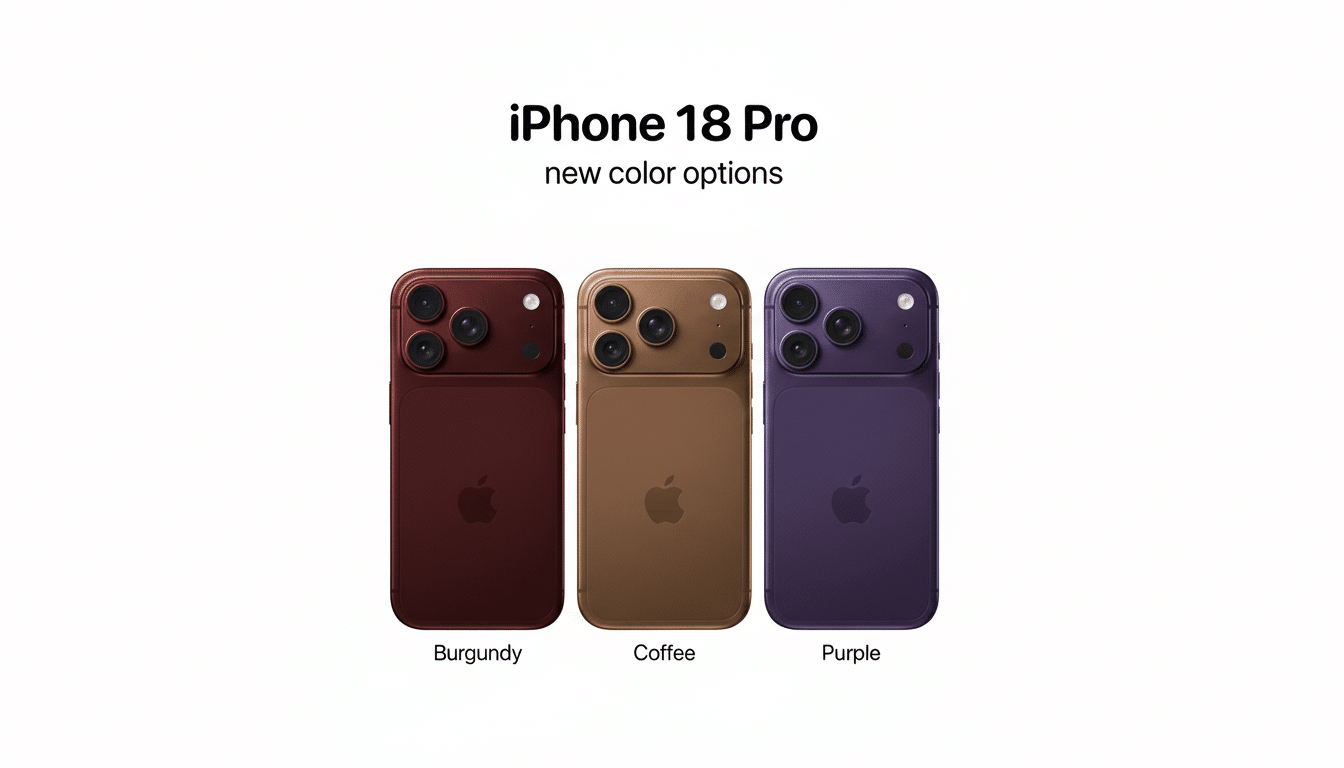Why Apple’s next iPhone 18 move is not just another handset refresh. The company is reportedly getting ready to launch iPhones twice a year, rather than once, and just in time for the holidays in the fall. If Apple delivers, it could be enough to make Android brands recalibrate their entire calendar.
The big picture: Android flagships have been getting closer to iPhone timing as the launches of chipsets and marketing cycles align. An official Apple breakup would enshrine the market into two peaks, with a shift in when we get premium phones, foldables, and value models.

What Apple’s two-season plan means in practice
Apple will announce its top-end iPhone 18 Pro models in the fall alongside its first foldable iPhone, Bloomberg reports, with the standard iPhone 18 and a lower-cost model coming in the spring. The ultimate outcome is a predictable drumbeat: Pro and foldable hardware lined up for the holiday rush, and mainstream and value devices on tap for the midyear upgrade wave.
Merchandising optics aside, a split also offers pressure relief for factories and logistics, evens out revenue across the fiscal year, and tamps down internal cannibalization. It will also allow Apple the opportunity for multiple windows to respond to competitive launches, instead of being completely dependent on a single big event.
The Android to-do ripple effect across releases
But you can expect Android’s schedule to diverge in kind. Premium “Ultra” and “Pro” flagships are likely to circle around Apple’s fall window, so they benefit from maximum halo effect, as well as carrier promotions. Base flagships, “FE” or “e” variants, and mid-range lines the world over will head to springtime when they can do battle not just with Apple’s normal iPhone but also any budget-first model it releases.
The chip cadence will be another signal on the split. Both Snapdragon and MediaTek’s latest flagship-level silicon — Snapdragon 8 Series or Dimensity 5G range — usually appear around this time of the year, allowing fall Android flagships to “compete” with new iPhone Pro on grounds of new processing capabilities. The spring serves as the showcase for that sort of refined hardware that runs on the same system but with a little more cost-conscious design and availability in more regions.
Foldables will align, too. If Apple’s foldable comes with the Pro models, expect rivals to coordinate launch times for their book-style flagships around the same window and save flip-style refreshes for that other season in order to stay present in a fast-growing niche.
How large players can adapt to a two-peak iPhone year
It is Samsung that has the most to juggle. A combined fall showcase in which the Galaxy S Ultra meets up with the Galaxy Z Fold for a head-to-head against the iPhone Pro and Apple’s foldable. The regular base Galaxy S and any “Fan Edition” could then bookend the spring, wooing those comparing a standard iPhone option against lower-cost choices.

Google is already halfway there. Pixel Pro models are habitually introduced late in the year; breaking the standard Pixel out into spring, along with the Pixel A series, would help Google’s high-end story for fall sell-through while giving breathing space to its mainstream line in carrier stores and marketing budgets.
Chinese OEMs like Xiaomi, Oppo, and OnePlus have used the spring trade show circuit to make global debuts in years gone by and staged domestic launches toward the end of the year.
A two-peak Apple cycle corrals them into releasing ultra-premium flagships in the fall, with spring becoming a stage for price-to-performance champion showdowns.
Economics and math of supply chain planning shifts
The incentives are stark. Counterpoint Research: The premium price band is estimated to comprise about one-fourth of the global smartphone shipments now, and although experience-sharing economies are gaining ground all the time, Apple gets a good four-fifths of world industry operating profits. Pairing an expensive Android launch to Apple’s fall assault ensures that OEMs can at least compete for share-of-voice and, more importantly, high-margin sales, when consumers are in the mood to spend.
On the component side, a split calendar makes it easier to plan capacity at foundries such as TSMC and Samsung, and spreads out demand for displays, batteries, and camera modules. It also enables carriers and retailers to more efficiently rotate promotions, which keeps inventory fresher and takes markdown risk off the table. Bloomberg’s reporting suggests that Apple’s phased approach is as much about strength in the supply chain as it is about marketing brawn.
What buyers should expect from a two-season iPhone era
Two clean shopping seasons. The fall is when bleeding-edge chips, best-in-class cameras, and foldables become the hot items. Spring is all about teetering on the edge of what’s actually an accessible flagship, long-term software support pitches, and aggressive trade-in deals. The tempo simplifies comparison shopping; it may also shrink the time between “must-have” Android upgrades.
Transitions won’t happen overnight. Product roadmaps and certification pipelines are locked in months ahead of time, so changes will be gradual. But even if Apple conforms to a two-season iPhone 18 cycle, the Android ecosystem’s release playbook is theoretically in line to snap into the same beat — and remain locked there for years.

